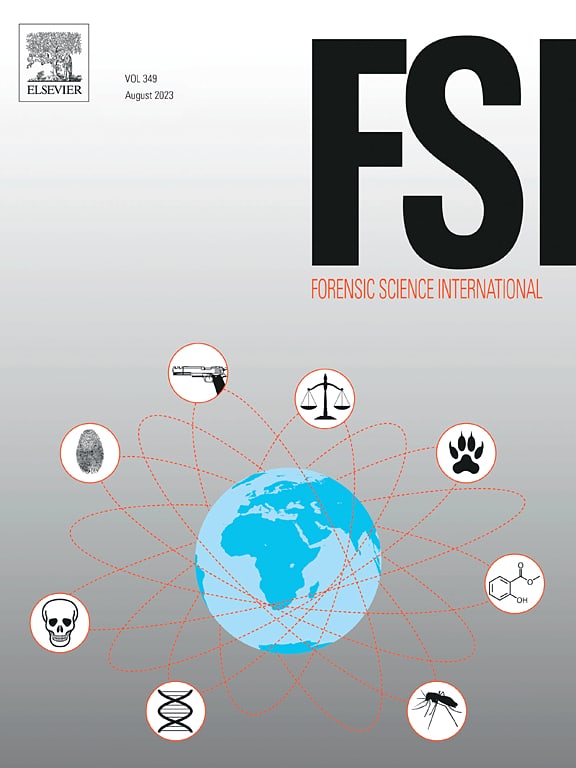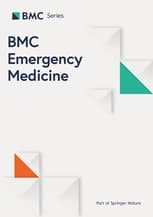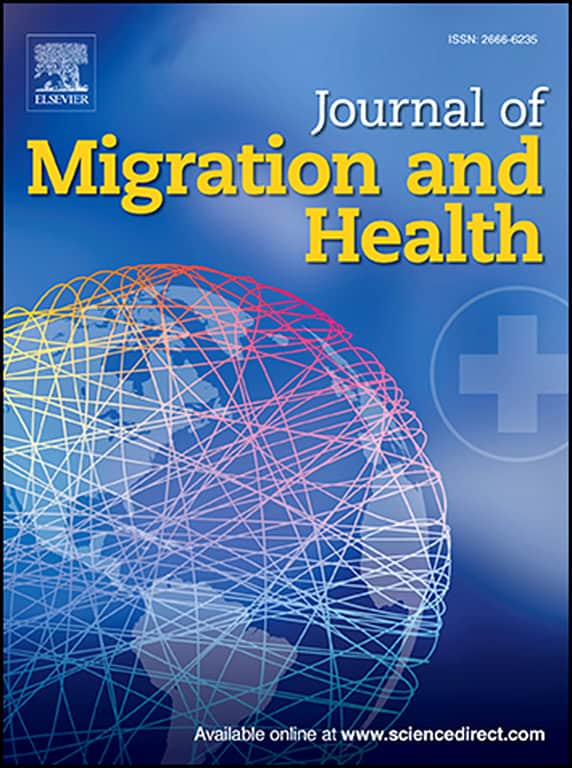Single stab injuries to the trunk in survivors of corroborated assaults
Introduction The evidence for assessing whether a single stab injury to the trunk was inflicted by another person in an assault or self-inflicted has primarily been derived from autopsy studies. In this study, we investigate whether victim demographics, crime scene circumstances, and the injury characteristics of assault survivals are interchangeable with homicide characteristics, with a…









